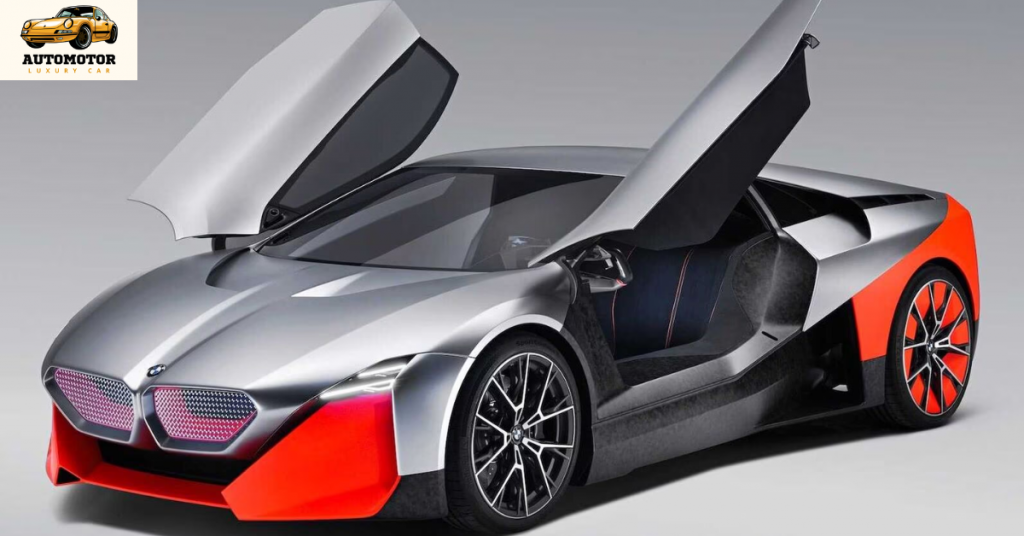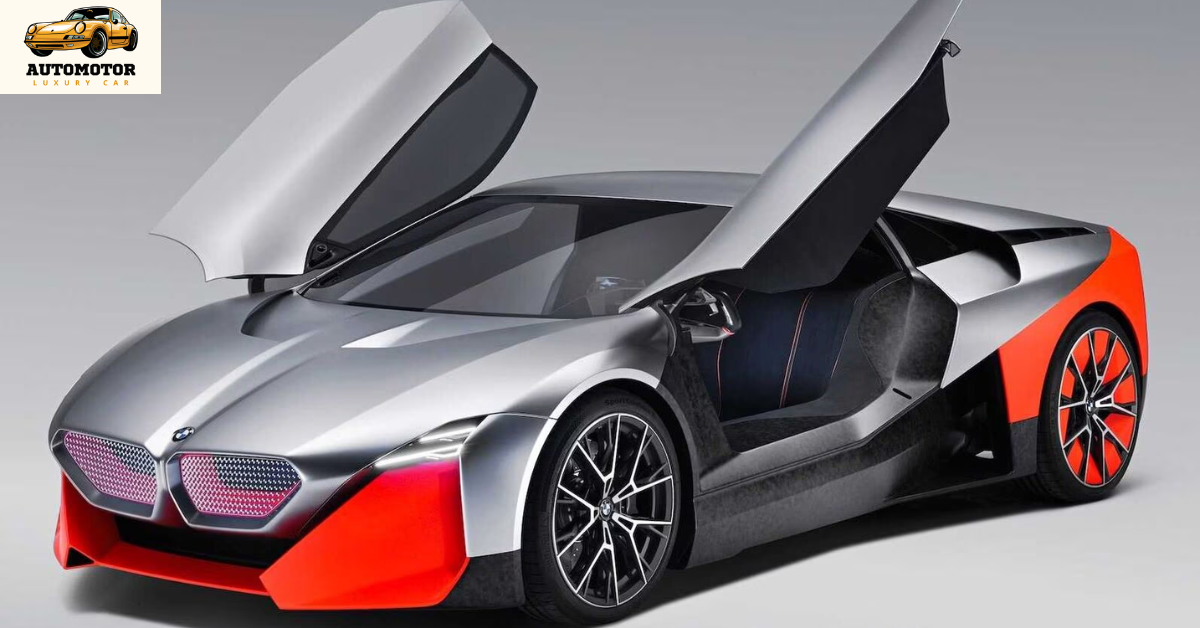The BMW M1 is an iconic car, widely regarded as one of the most important models in the Bavarian brand’s history. Launched in the late 1970s, the M1 blended the precision engineering BMW is known for with the raw, thrilling performance of a supercar. Though it was only produced from 1978 to 1981, its legacy endures. However, nearly four decades after the M1 ceased production, the question remains: when will BMW release a successor to the M1?
While BMW has yet to officially announce a direct heir to the M1, rumors, speculations, and recent developments suggest that a successor may be in the works. This blog takes a deep dive into the potential BMW M1 successor, analyzing what it might look like, the technology that could define it, and how it would fit into the current landscape of high-performance sports cars.
The Legacy of the BMW M1
Before exploring the future, it’s important to understand the legacy of the original BMW M1. The M1 was developed during the late 1970s as BMW’s entry into the high-performance supercar market. With a mid-mounted 3.5-liter straight-six engine producing 277 horsepower, the M1 was capable of accelerating from 0 to 60 mph in just over 5 seconds. In its day, that was blisteringly fast. The car’s angular, sharp lines were the work of Italian design house Giorgetto Giugiaro, while the engineering was firmly rooted in BMW’s commitment to creating a driving machine.
Although the M1 had limited production—only 453 units were ever made—its influence on BMW’s performance division, BMW M, is undeniable. The M1 helped set the stage for the M division’s future successes, such as the M3 and M5. It also established a motorsport pedigree that would see BMW compete in some of the most prestigious racing events worldwide.
BMW’s Shift to Modern Performance
Fast forward to the present day, and BMW has firmly entrenched itself as a leader in high-performance sports cars. The M series has expanded, and models like the M3, M4, and M8 showcase the company’s commitment to performance. But despite the extensive M lineup, enthusiasts have long awaited a true successor to the M1—a model that embodies the spirit of the original but with modern technology, design, and performance.
In the years since the M1’s discontinuation, several attempts to create a new halo car for the brand have emerged. Most notably, BMW introduced the i8—a hybrid sports car that blended futuristic technology with thrilling performance. While the i8 was well-received and a technological marvel, it never quite captured the rawness and visceral driving experience that the M1 did.
Now, BMW faces the challenge of creating a modern M1 successor that can stand toe-to-toe with the likes of Ferrari, Porsche, and Lamborghini in an era of electric powertrains, cutting-edge technology, and ever-stricter emissions regulations.

What Could the BMW M1 Successor Look Like?
1. Electric or Hybrid Powertrain?
One of the most pressing questions surrounding the M1 successor is whether it will be fully electric, hybrid, or feature a traditional combustion engine. The automotive world is swiftly shifting toward electrification, and BMW has already shown its electric prowess with models like the BMW i4 and iX.
Given BMW’s commitment to performance, a plug-in hybrid or fully electric powertrain would make sense for the M1 successor. An electric M1 would provide instant torque, a low center of gravity, and potentially thrilling acceleration. Think of the near-instantaneous thrust of an electric motor combined with BMW’s renowned chassis dynamics, and you begin to imagine the possibilities.
However, for purists who cherish the throaty roar of a combustion engine, a hybrid setup with an internal combustion engine paired with electric motors might be the perfect middle ground. This would allow for blistering track performance while still offering a level of sustainability and electric-only cruising range.
2. Performance Focused Design
The BMW M1 was designed as a no-compromise driving machine, and it’s likely that its successor would follow in those footsteps. The M1 had a lightweight body, balanced chassis, and razor-sharp handling. Expect the successor to emphasize similar principles—keeping weight low and performance high.
The design language would almost certainly take cues from BMW’s modern M models but with more radical, futuristic elements. The car would likely have a low, wide stance, sculpted bodywork, and aggressive aerodynamics. Active aerodynamics, a hallmark of high-performance cars, might also be integrated to help optimize downforce and drag reduction at speed.
3. Advanced Technology and Digital Integration
BMW has been integrating more advanced technology into its vehicles, and the M1 successor would likely be no different. Expect cutting-edge driver assistance systems, adaptive suspension systems, and possibly even semi-autonomous driving features, all while keeping the focus on pure driving enjoyment.
The cabin would likely be a blend of luxurious materials and high-tech displays, with a focus on the driver. While the original M1 was a stripped-back, driver-centric machine, the new model would likely incorporate BMW’s latest infotainment system, gesture controls, and even augmented reality features for the driver’s instrument cluster.
The Competition: How Will the BMW M1 Successor Stack Up?
The BMW M1 successor would not enter a market devoid of competition. The world of supercars and high-performance sports cars is filled with established players, such as Ferrari, Porsche, Lamborghini, and McLaren, all of which have continually raised the bar for performance and technology.
The Porsche 911 Turbo S, Ferrari F8 Tributo, and McLaren 720S all set high standards, and a modern BMW M1 would need to bring something unique to the table. Whether it’s electrification, groundbreaking technology, or the purest driving experience possible, BMW would need to differentiate itself while honoring the spirit of the original M1.
Conclusion: A Future Worth Waiting For?
The BMW M1 successor is a tantalizing prospect, and although it’s not here yet, the thought of it stirs excitement among automotive enthusiasts and BMW fans alike. Whether it’s fully electric, hybrid, or powered by a traditional engine, the next M1 would have to balance cutting-edge technology with the raw, emotional driving experience that made the original so special. Until then, we can only dream about what BMW’s engineers and designers have in store for us. However, one thing is certain: the next BMW M1 will continue the legacy of precision, performance, and passion that made the original such a legend.
